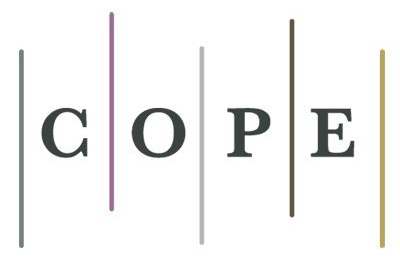Causes of hyperglycemia in hospitalized patients
DOI:
https://doi.org/10.22529/me.2021.7(1)05Keywords:
inpatient hyperglycemia, stress hyperglycemiaAbstract
INTRODUCTION: Hyperglycemia is a prognostic factor for mortality. Patients with hyperglycemia have
an increased risk of intra-hospital complications, such as pneumonia, urinary tract infection, acute kidney
disease, sepsis. During hospitalization, blood glucose values between 140-180 mg / dL are recommended.
OBJETIVE: To determine the causes of hyperglycemia in patients hospitalized at Clinica Universitaria
Reina Fabiola.
MATERIAL AND METHOD: This is an observational, retrospective and descriptive study. The population
included patients over 18 years of both sexes who were admitted to the Medical Clinic Service of the Clinica
Universitaria Reina Fabiola. Glycemia at admission and 72 hours after admission as well as glycated
hemoglobin (HbA1c) were evaluated in hyperglycemic patients who were not diagnosed with diabetes prior
to hospital admission. Hyperglycemia will be considered at blood glucose values greater than 140 mg / dl,
diabetes mellitus diagnosed at the time of hospitalization in the presence of an HbA1c> 6.5%, and patients
with stress hyperglycemia who have HbA1c less than 6.5% and some cause that justifies it. Variables to be
analyzed: glycemic value, glycated hemoglobin, age in years, sex, personal pathological history, reason for
hospitalization, situations related to hospitalization. Statistical analysis: the data were presented with
descriptive statistics.
RESULTS: The final sample consisted of a total of n = 900 patients, 54% were male. The mean age was
57.3 years. Of the patients admitted, 192 (21.3%) had a blood glucose value greater than or equal to 140
mg / dl, and at 72 hours this indicator rose to 486 (54%) patients. Regarding sex, no differences were found
in glucose measurements. Hyperglycemia occurred in a higher proportion in those patients who had an
unscheduled hospitalization: 156 (81%) vs. 42 (19%). This finding increased at 72 hours. Of the total
number of patients, there were 126 (14%) with a previous history of diabetes. Glycosylated hemoglobin
was measured in 426 (47%) patients who had hyperglycemia on admission or at 72 hours, 72 (16.9%) in
glycosylated hemoglobin> 6.5%, who could be defined as patients with diabetes mellitus of recent
diagnosis. Glycated hemoglobin <6.5% had 342 (80.2%) patients, which could be interpreted clinically as
the group of patients with stress hyperglycemia. This group was associated in order of frequency with the
following characteristics: postsurgical status, treatment with corticosteroids, active infection,
immunosuppressive therapy, acute renal failure, and parenteral nutrition or enteral feeding. Hypertension
was the most frequent personal history.
CONCLUSIONS: In this study, the proportion of adults patients with hyperglycemia was 20%; this
proportion is similar to that published in the literature. Glycemic values greater than 140 mg/dl were present
in patients with and without diabetes mellitus; the latter being more frequent among those hospitalized for
surgeries and infections, and in those who were receiving treatment with corticosteroids. Of importance, an
important number of cases of diabetes mellitus were diagnosed during the hospitalization.
Published
How to Cite
Issue
Section
License
Copyright (c) 2022 Methodo Investigación Aplicada a las Ciencias Biológicas

This work is licensed under a Creative Commons Attribution-NonCommercial-ShareAlike 4.0 International License.




















